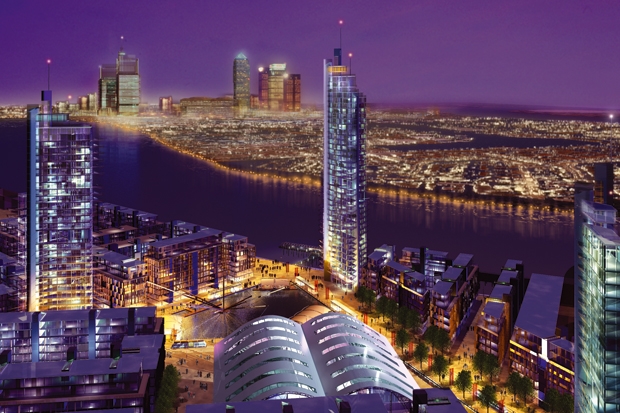Last week, 539 apartments designed by Frank Gehry and Norman Foster were made available for off-plan purchase. This was heralded by simultaneous launches in London and Kuala Lumpur and a press release announcing Sting and Trudie Styler as early buyers. Battersea Power Station has stood unused for more than 30 years but after multiple failed attempts at redevelopment progress is now well under way towards its transformation into one of London’s most desirable addresses. Ultimately due to house 3,400 homes — only 15 per cent of which are set to be affordable — the project is emblematic of a far larger reclamation of London’s waterfront as a site for luxury housing. An 11km stretch of the south bank of the Thames snaking from Battersea in the west to Greenwich in the east is currently the subject of redevelopment proposals of unprecedented quantity and scale.
It might be thought surprising that this has not happened sooner. The power station’s decommissioning in 1983 effectively marked the last moment when central London’s riverfront supported significant industrial activity and by then maritime trade had already long departed, lured downriver by the advent of container shipping in the 1950s. The shift was brought home to me by a recent conversation with Steve Tompkins, the architect of the National Theatre’s current redevelopment project. Explaining that the building employed 150 people making props, sets and costumes, he described it as the largest factory in the city centre.
It is a transformation that lay beyond the imaginings of the authors of the 1943 County of London Plan. J.H. Forshaw and Patrick Abercrombie recorded 73 per cent of central London’s riverfront as being occupied by industry, wharves, warehouses and railways. They argued for a greater mix of activity, but their proposed reduction of industrial use by a third was rapidly outstripped by events.








Comments
Join the debate for just £1 a month
Be part of the conversation with other Spectator readers by getting your first three months for £3.
UNLOCK ACCESS Just £1 a monthAlready a subscriber? Log in